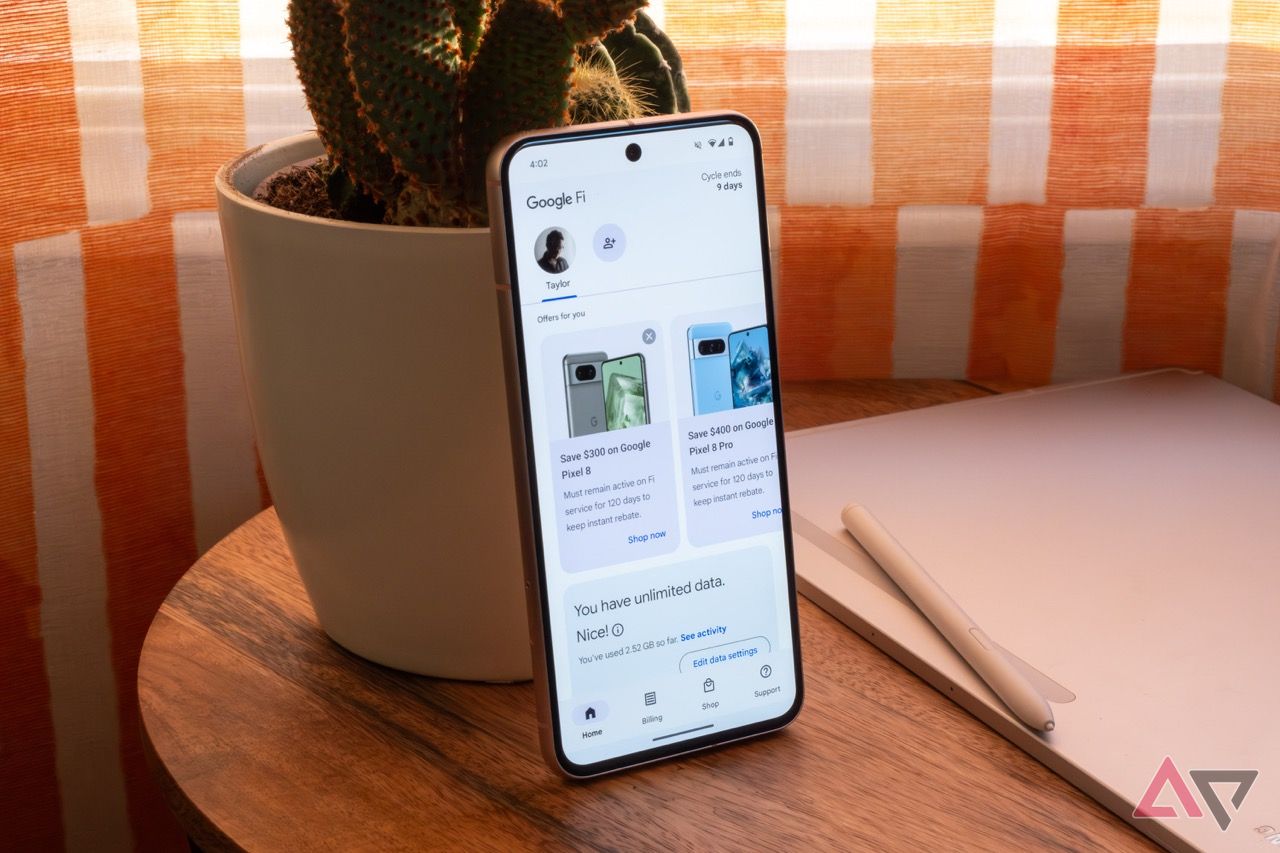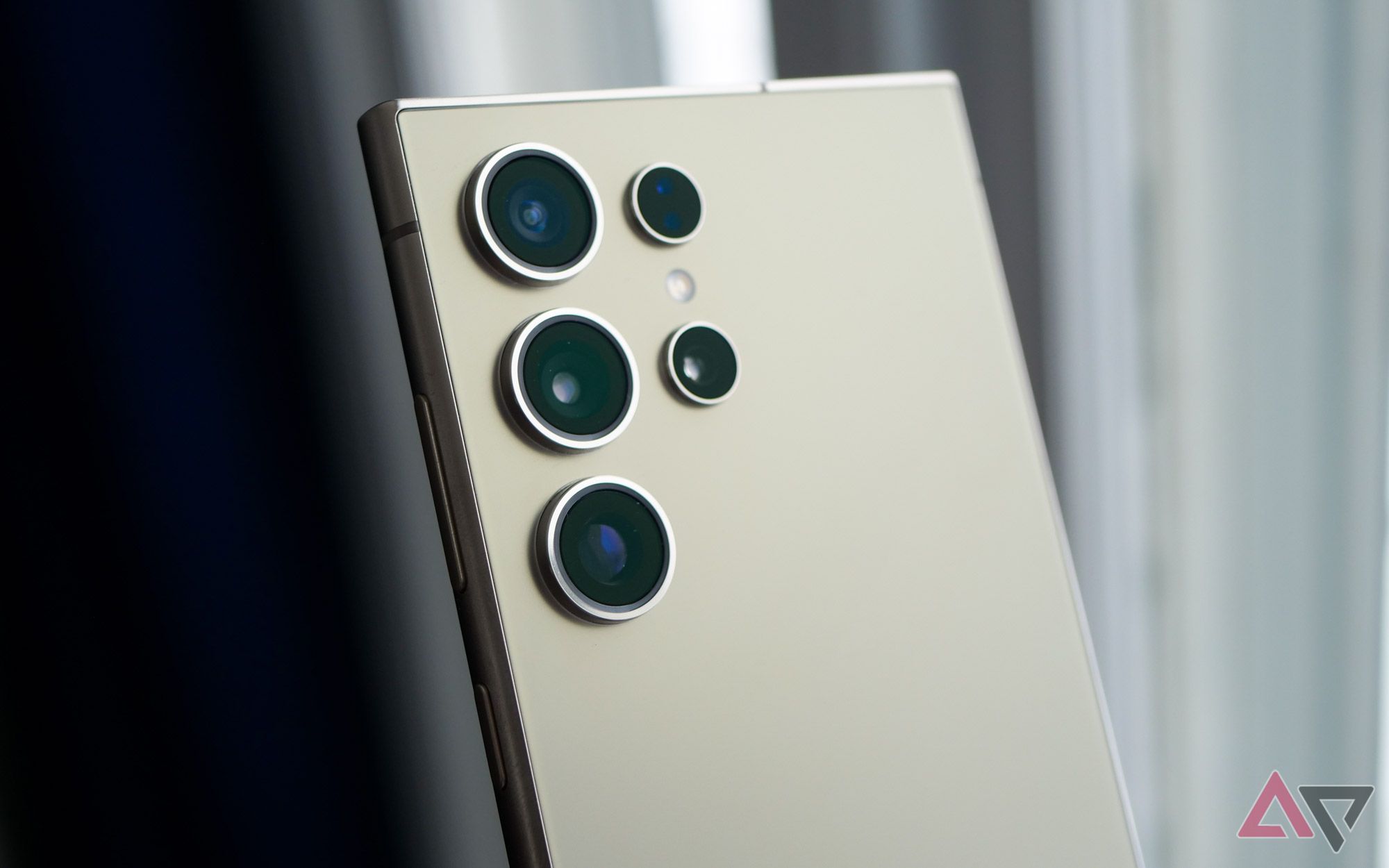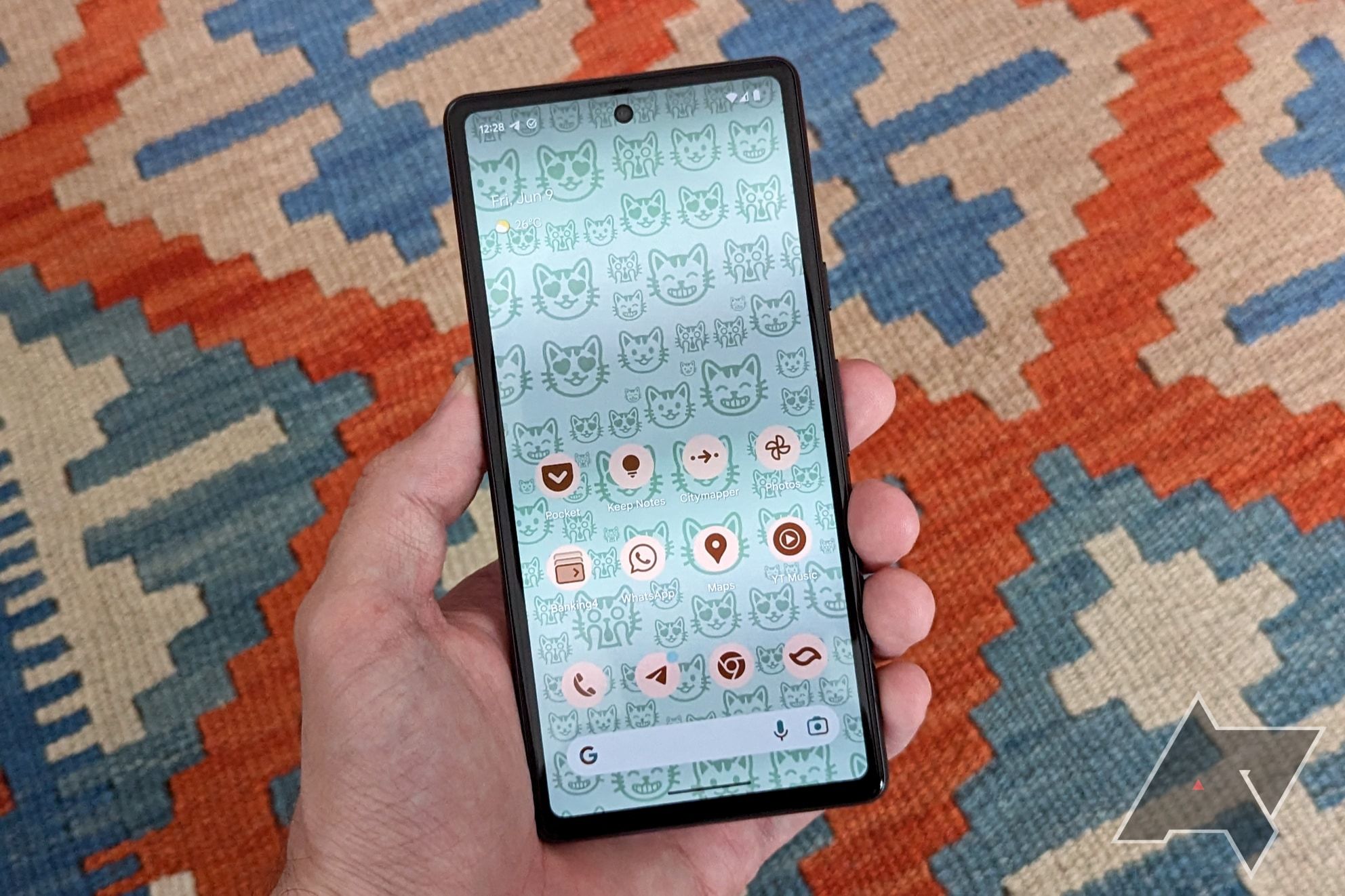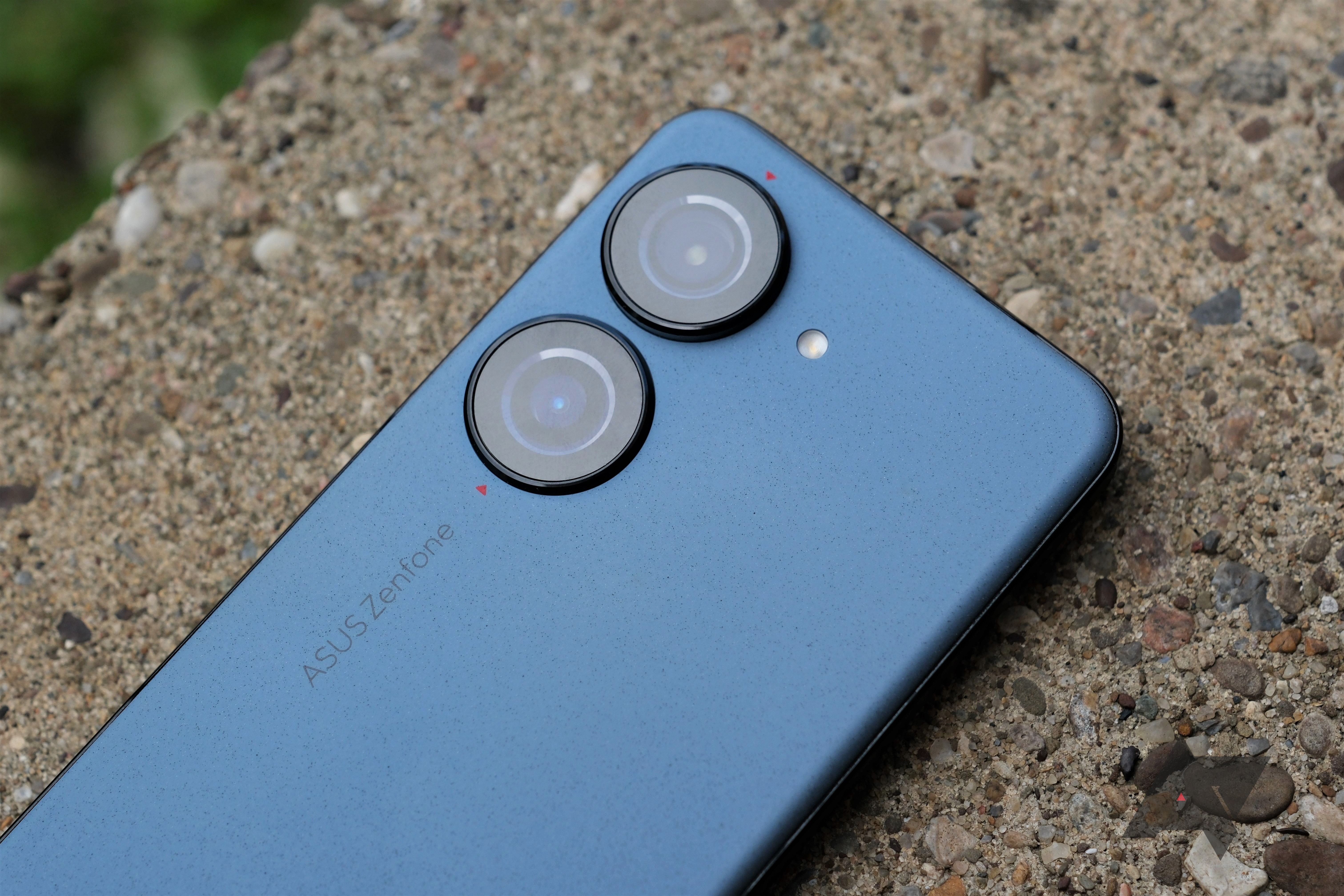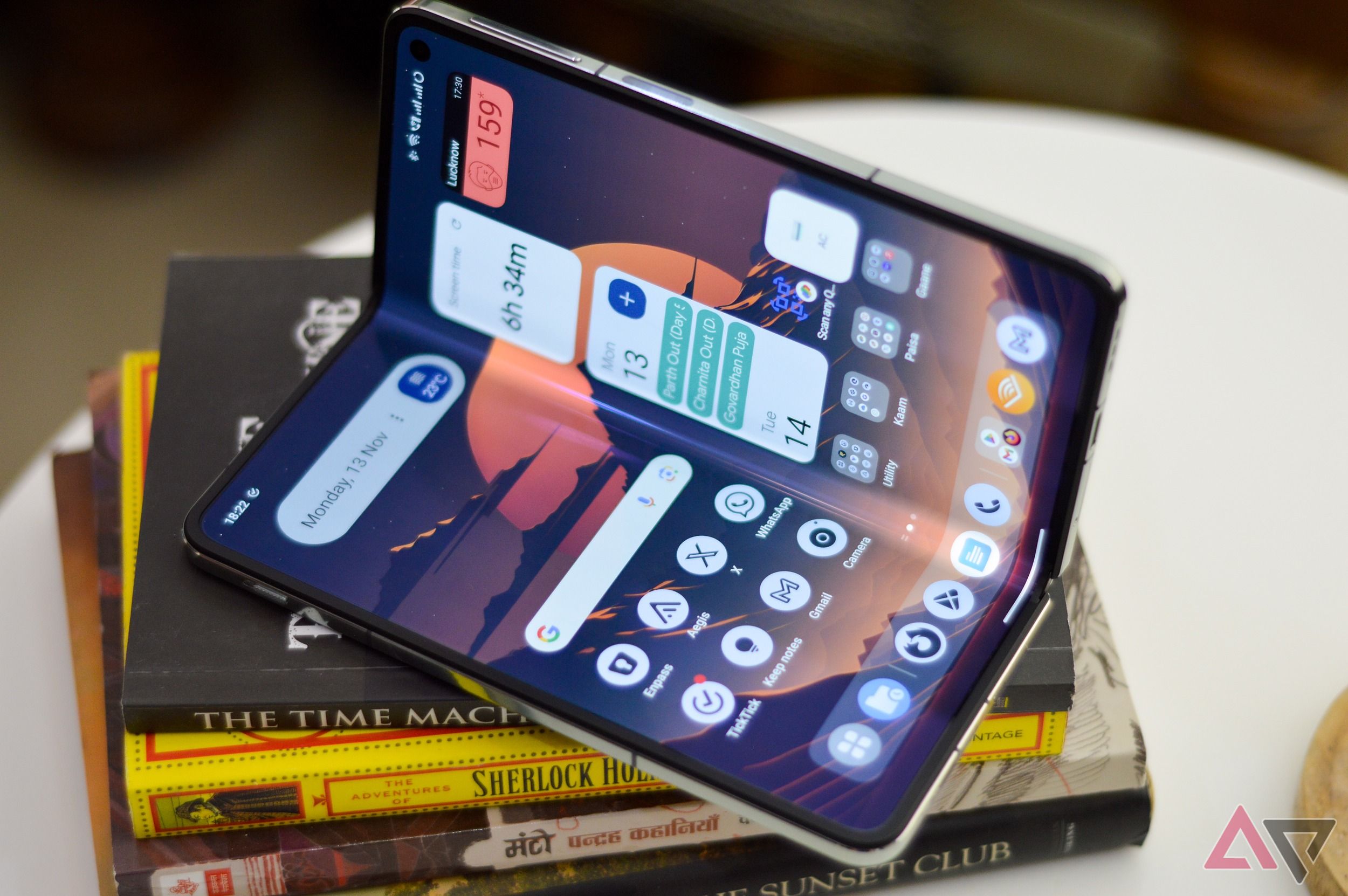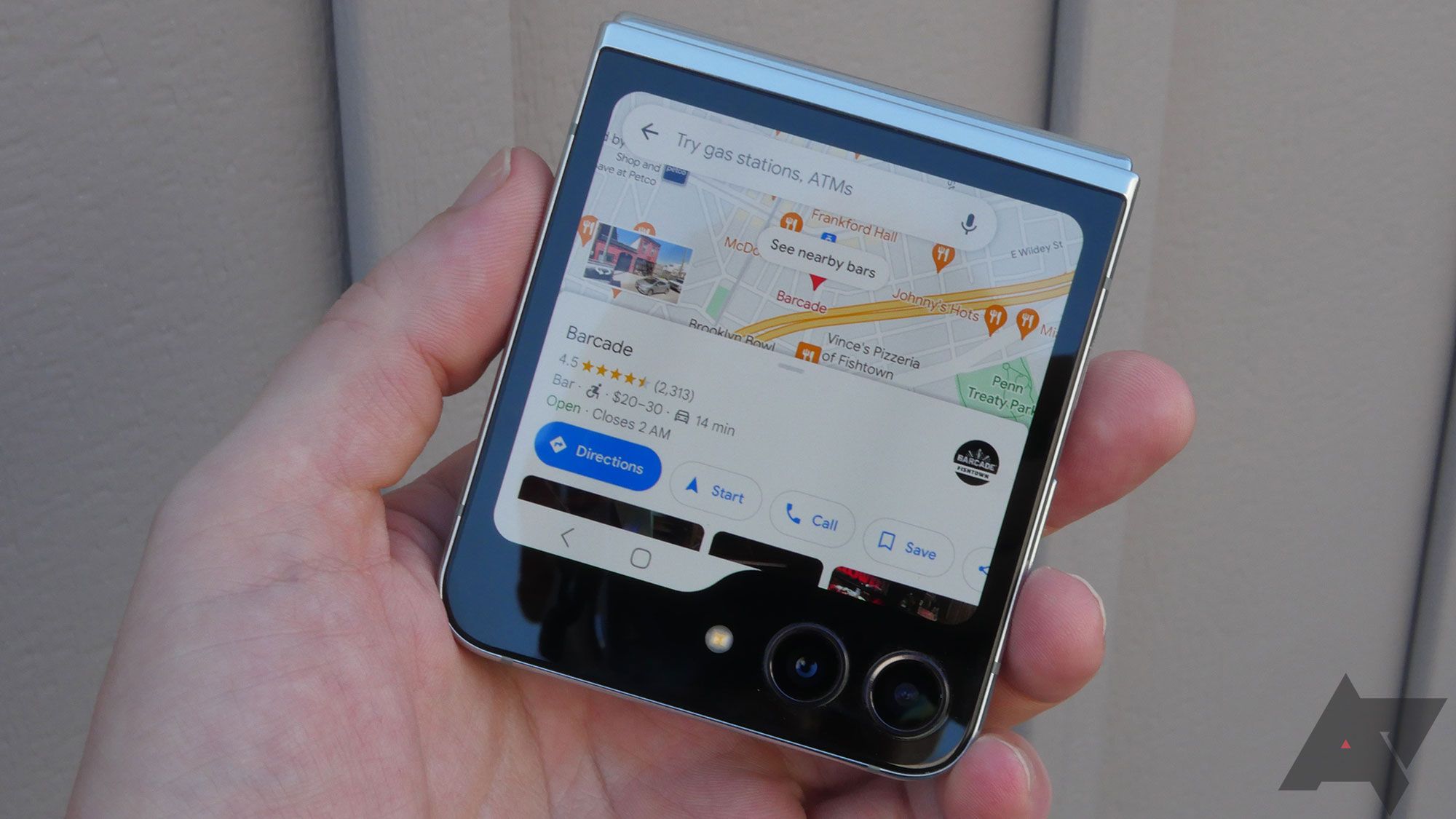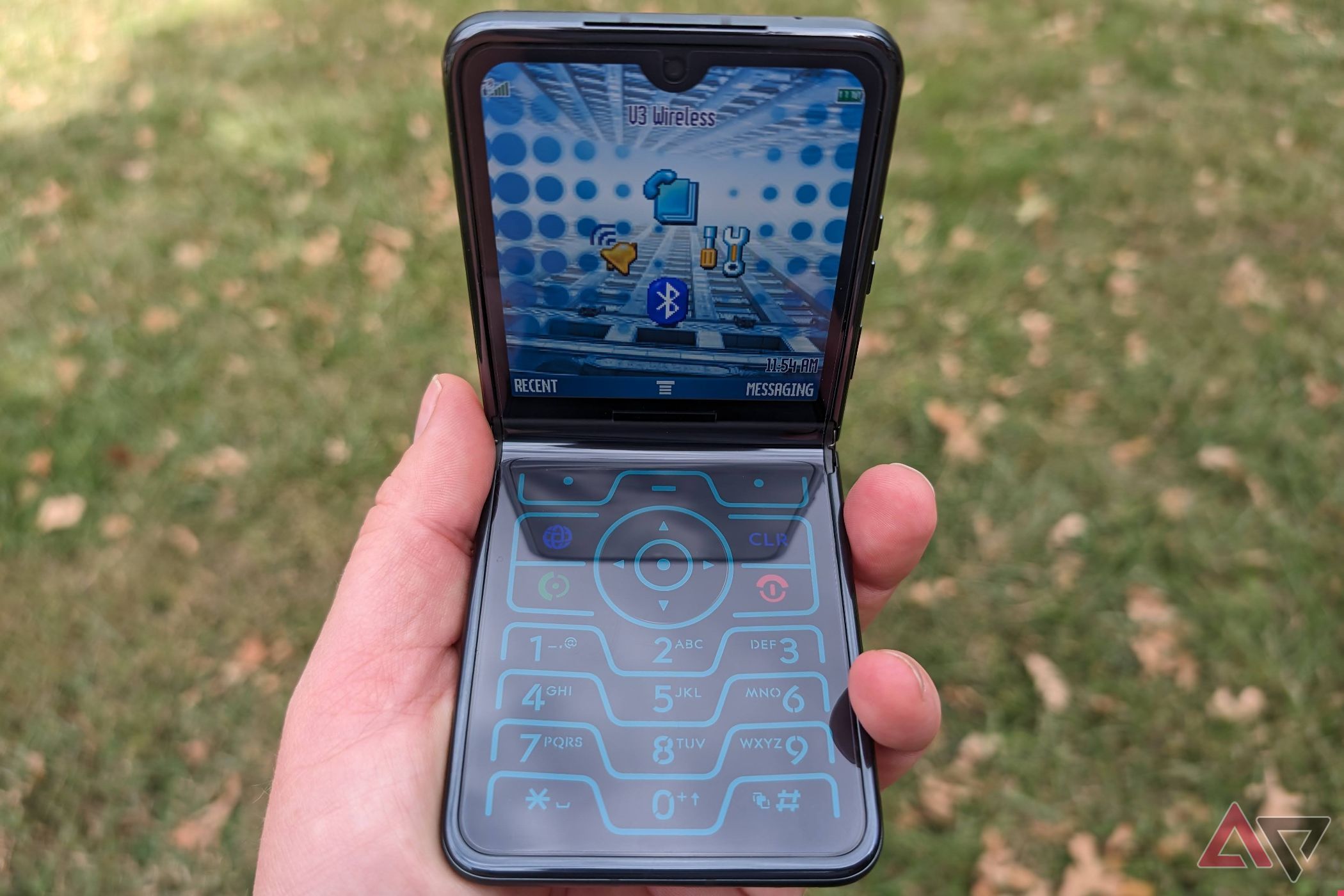While 5G might not be delivering on its full potential yet, it's still an important part of any smartphone decision. In areas where high-speed internet isn't readily available, 5G phones provide bandwidth for families and businesses to use the internet as intended. But not all 5G phones are created equal, and finding the right one means deciding which features are most important to you and how much you're willing to spend.
It's fair to point out that even many budget Android phones support 5G networks these days, but not all 5G is the same. Separate carriers' 5G networks don't always use the same frequency bands, so make sure you're close enough to a tower and are considering phones that support the appropriate bands. We've scoured frequency support across carriers and today's best Android phones overall to give you the best choices for ultra-high-speed network access in most parts of the country.
The top 5G-compatible phones
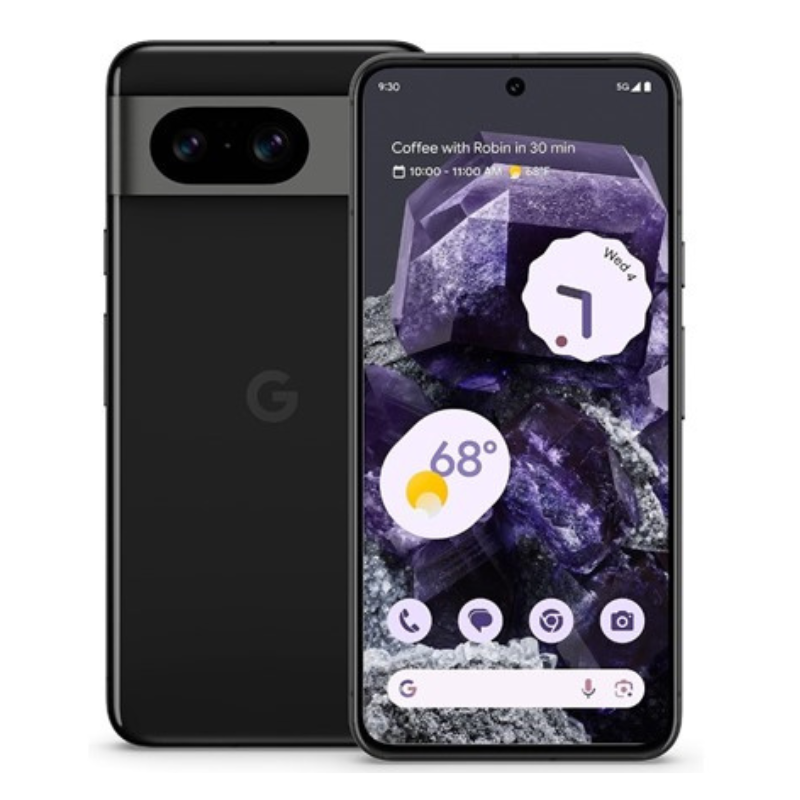
Google Pixel 8
All-around fantastic with a leading camera setup
As Google's more accessible 2023 flagship, the $700 Pixel 8 delivers an excellent blend of performance, software features, size, and price. Its camera routinely receives high praise from experts and users alike, and its seven years of promised Android updates make it one of today's best long-term choices.
- Advanced machine learning features
- Industry-leading display
- Impressive software support lifespan
- $100 more than last-gen
- Lacks camera Pro Controls
Google worked hard to ensure the Pixel 8 improved in the most noticeable areas where its predecessor faltered just a little. The upgraded Tensor G3 chipset performs significantly better, drains less battery, and enables more powerful AI tools than the G2 in last year's model. The results include a smoother experience, more effective photography, and better battery life. It also sports a jaw-droppingly bright, colorful display that's arguably the best on the scene. And while it has plenty of screen space, it's not unwieldy to hold.
Its design closely resembles the Pixel 7's but includes some minor updates that make it feel even more refined. The more rounded corners and slimmer bezels make it more comfortable to use (even one-handed) and maximize the display. Google also introduced the Hazel and Rose colors, which don't exactly pop but do emit the kind of class you'd expect from a trendy, high-end phone.
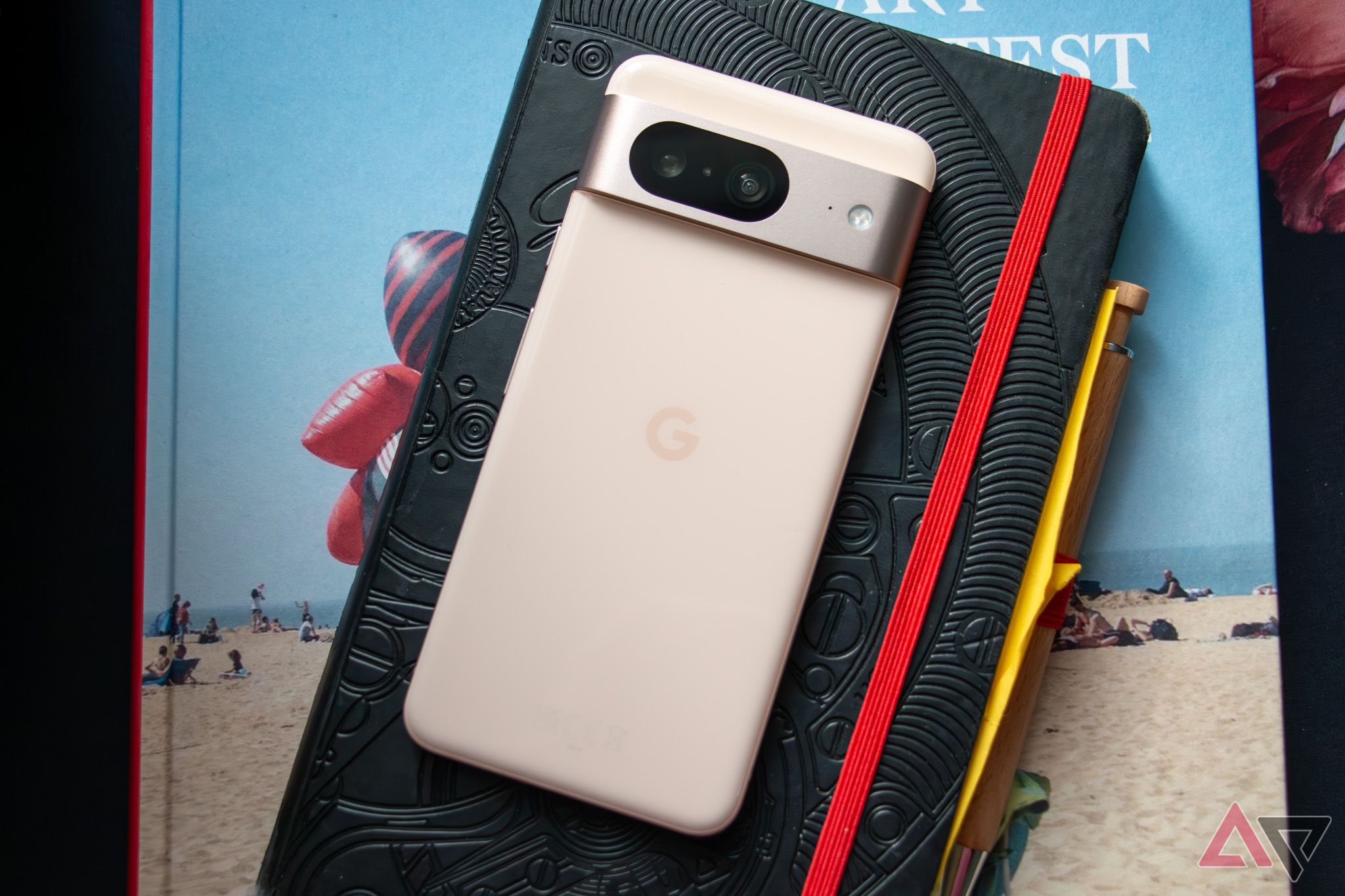
Google Pixel 8 review: The Pixel for the masses
The Pixel 8 doesn't need every feature the 8 Pro offers, it's packing more than enoughOf course, no phone is perfect, and Google's in-house Tensor G3 chipset still doesn't quite compete with the big guns from Qualcomm and Mediatek in either efficiency or sheer power. The smooth glass back, dust-prone camera visor, and $100 price increase are also shortcomings. But those represent some of the very few flaws with this reasonably priced flagship, and the seven years of new Android versions make it hard to pass up.
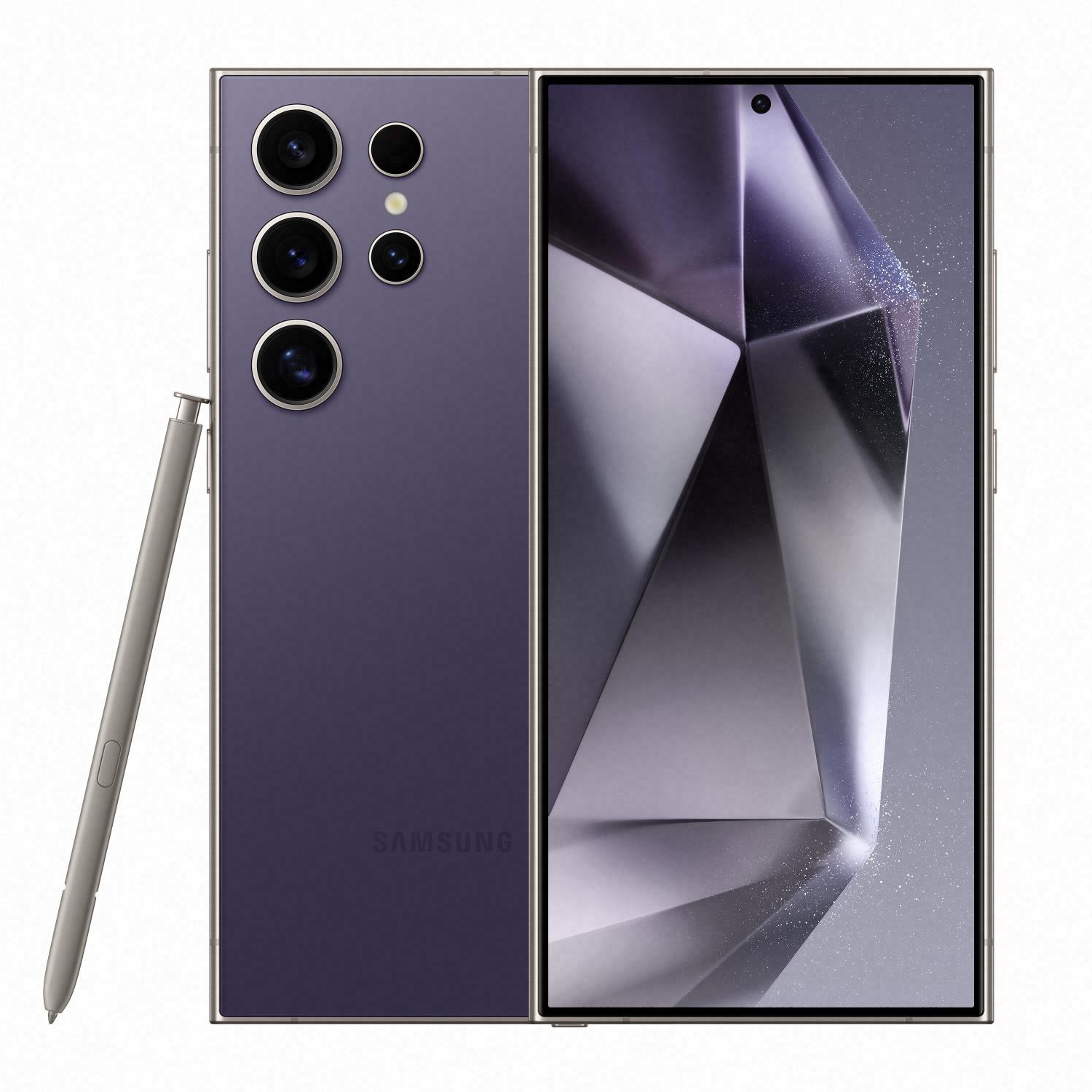
Samsung Galaxy S24 Ultra
All the performance for all the money
It's not an overhaul by any means, but even small changes like (finally) swapping back to a flat touchscreen and seven years of system updates help the Galaxy S24 Ultra stand apart from its predecessors. Galaxy AI's suite of features is front and center, as well as Google's latest utilities like Circle to Search, and this AI craze even brings its magic to the Ultra's cameras for after-the-fact super slo-mo.
- Snappy performance
- Premium build
- Excellent battery life
- Expensive
- Relatively slow charging speeds
It'll set you back over $1,300, but the Samsung Galaxy S24 Ultra offers nearly the best of everything. It features the impressive Snapdragon 8 Gen 3, providing best-in-class performance for apps and games. Samsung fitted the Galaxy S24 Ultra with a crisp 6.8-inch Dynamic AMOLED QHD display refreshing at 120Hz. Its titanium frame gives the phone a premium feel and Gorilla Glass Victus 2 adds shatter protection front and back.
The Galaxy S24 Ultra runs OneUI 6.1 out-of-the-box, giving us the reliable Android 14 experience we've come to expect. Samsung promises seven years of software support, meaning the S24 Ultra will receive Android upgrades and security updates into 2031. OneUI 6.1 also showcases the company's AI enhancements, with features like Circle to Search and live call translation.
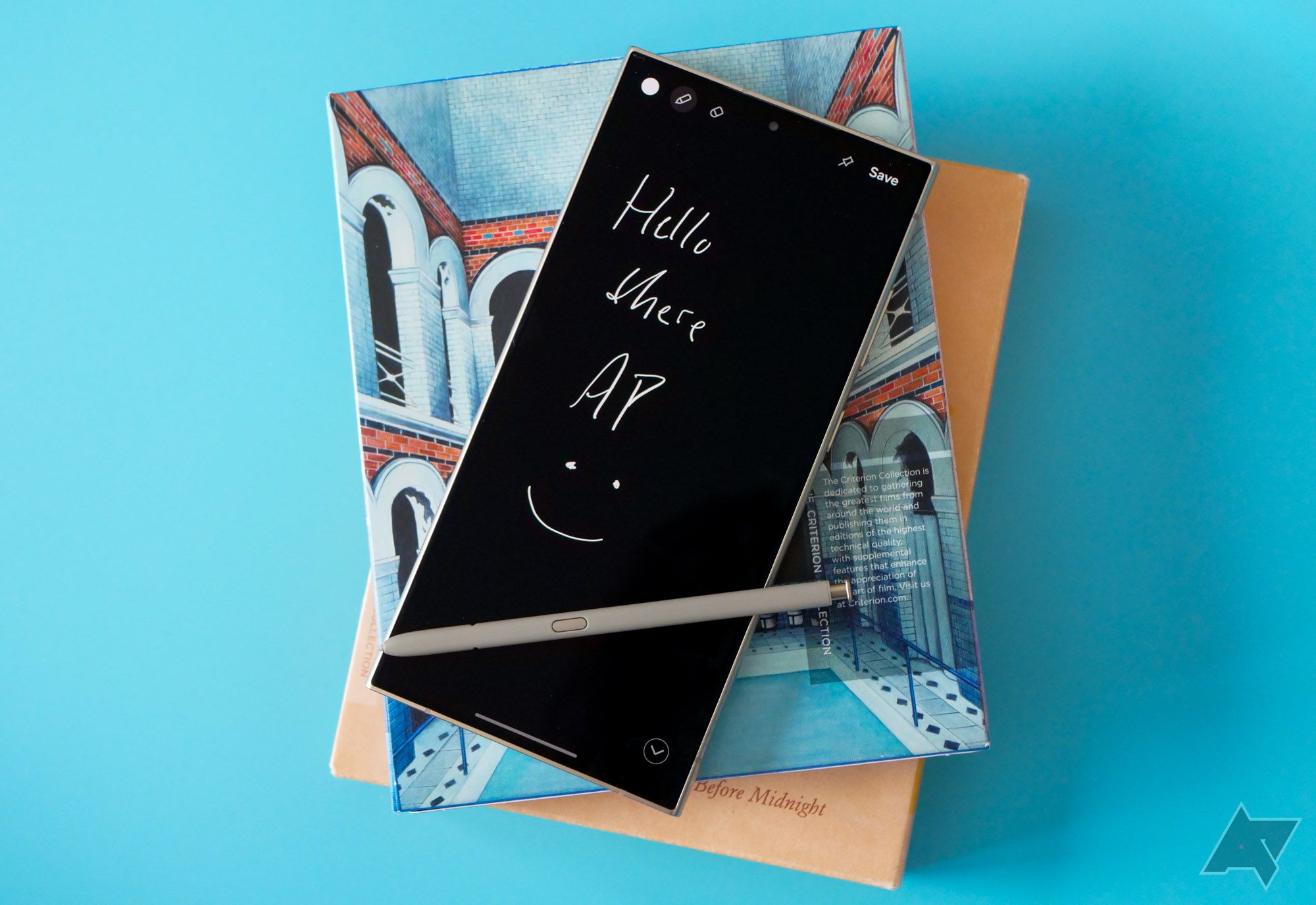
Samsung Galaxy S24 Ultra review: Still the best, unless you take photos
Without any meaningful changes, Samsung's latest phablet feels like a do-over for last year's smartphoneIf you're a shutterbug, the Galaxy S24 Ultra offers an impressive camera array. Its main 200MP lens is augmented by Samsung's computational photography, giving you the best version of an image. If your subject is further away, the S24 Ultra sports a 50MP 5x periscope zoom and a 10MP 3x telephoto lens, allowing you added versatility. A 12MP ultrawide sensor is also included for when you want to capture more in the frame. In addition, the S24 Ultra has fantastic battery life with decent charging speeds. All told, the Galaxy S24 Ultra is one of the best devices this year.
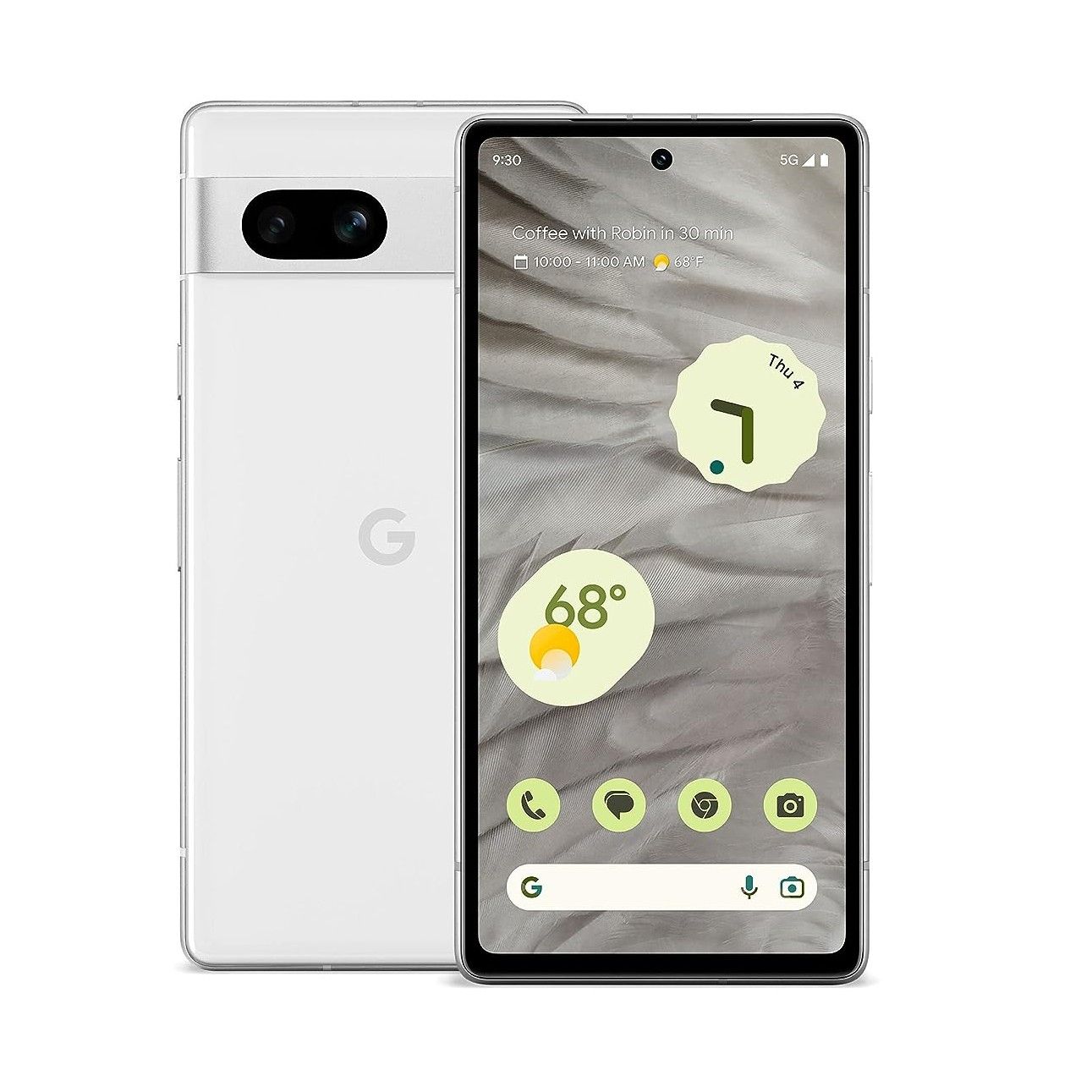
Google Pixel 7a
Great camera, great interface, great price
Despite significant upgrades over the 6a and extreme similarity to the full-fledged 7, the Google Pixel 7a costs only $500 at launch and sees periodic discounts. In other words, it essentially delivers a flagship experience at the typical cost of a midrange phone.
- Power on par with the full-fledged Pixel 7
- Great main camera and imaging algorithms
- Google's increasingly streamlined Android version
- Middling battery life and charging speed
- Tends to run hot (and throttle)
You'd be forgiven if you mistook the Google Pixel 7a for its more expensive counterpart, as the software experience and hardware it runs on match pretty closely. So, it's an easy recommendation if you're looking for something with high-end performance but a midrange price.
Pretty much everything about the Pixel 7a ranges from good to excellent. Even its cons, like middling battery life, aren't quite fatal — and in the case of battery efficiency, continued Android updates can do a lot to mitigate them. And while its Tensor G2 SoC isn't exactly top of the line, it does still provide a nearly seamless experience. The Android 14 update helped with occasional overheating and gave the Pixel 7a better battery life. It features several upgrades over the Pixel 6a, like a smaller size, 90Hz refresh rate, and matte aluminum camera visor finish, making it a more premium option than its predecessor.
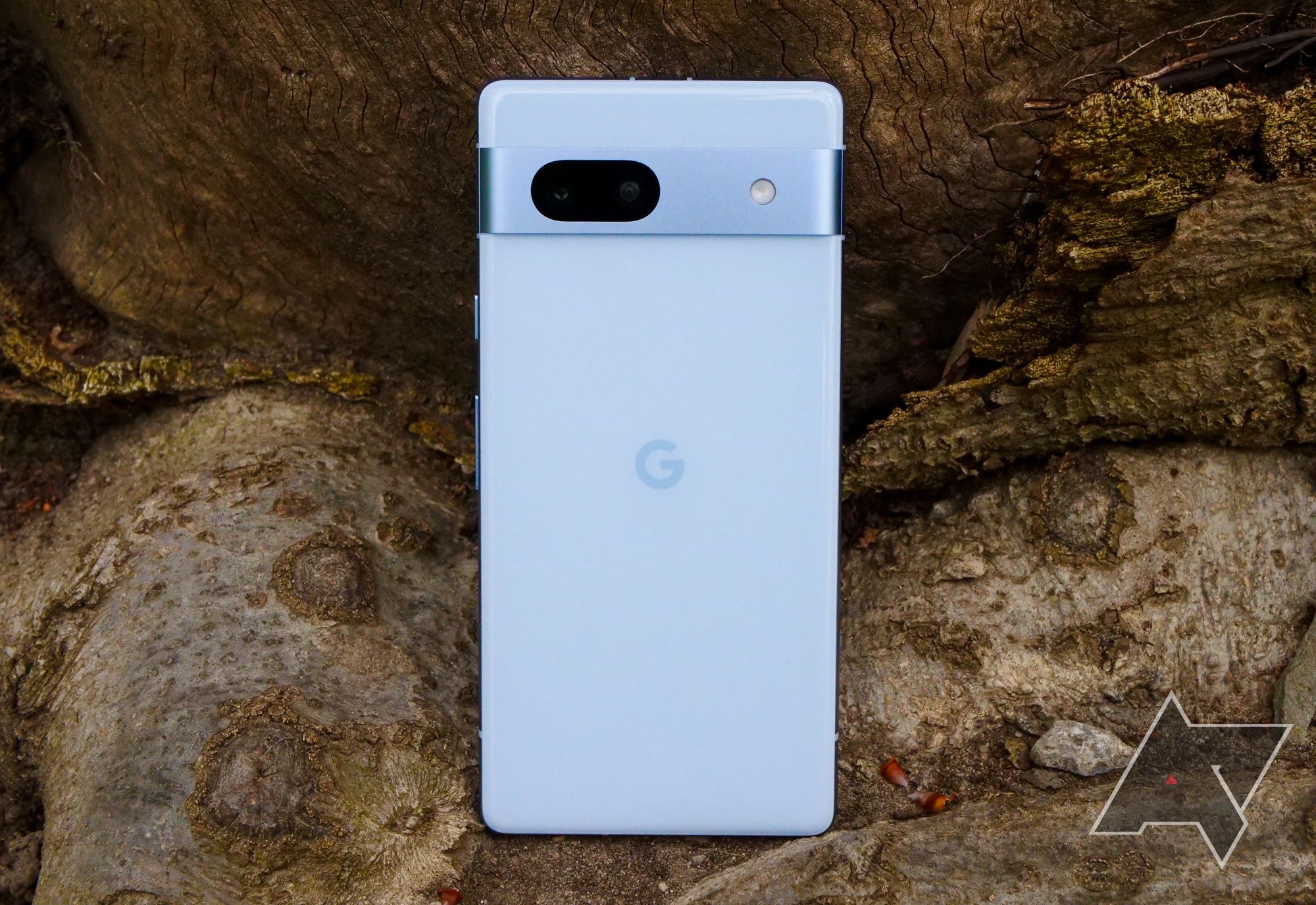
Google Pixel 7a review: If déjà vu were a smartphone
This year's A-series is more like its flagship counterpart than ever before — for better and for worseWhat else is there to say about the Pixel camera experience? Well, in this case, there's something. The 7a's 64MP sensor takes in more data than most of its competitors and continues Google's recent tradition of taking fantastic pictures with as little hassle as possible. Once you snap those pictures, you can then use Google's AI-like software features to make subtle and drastic edits, ensuring the final image is exactly what you're looking for. If you're looking for the complete package and don't want to splurge on the latest top-shelf model, you can't ignore the Pixel 7a.
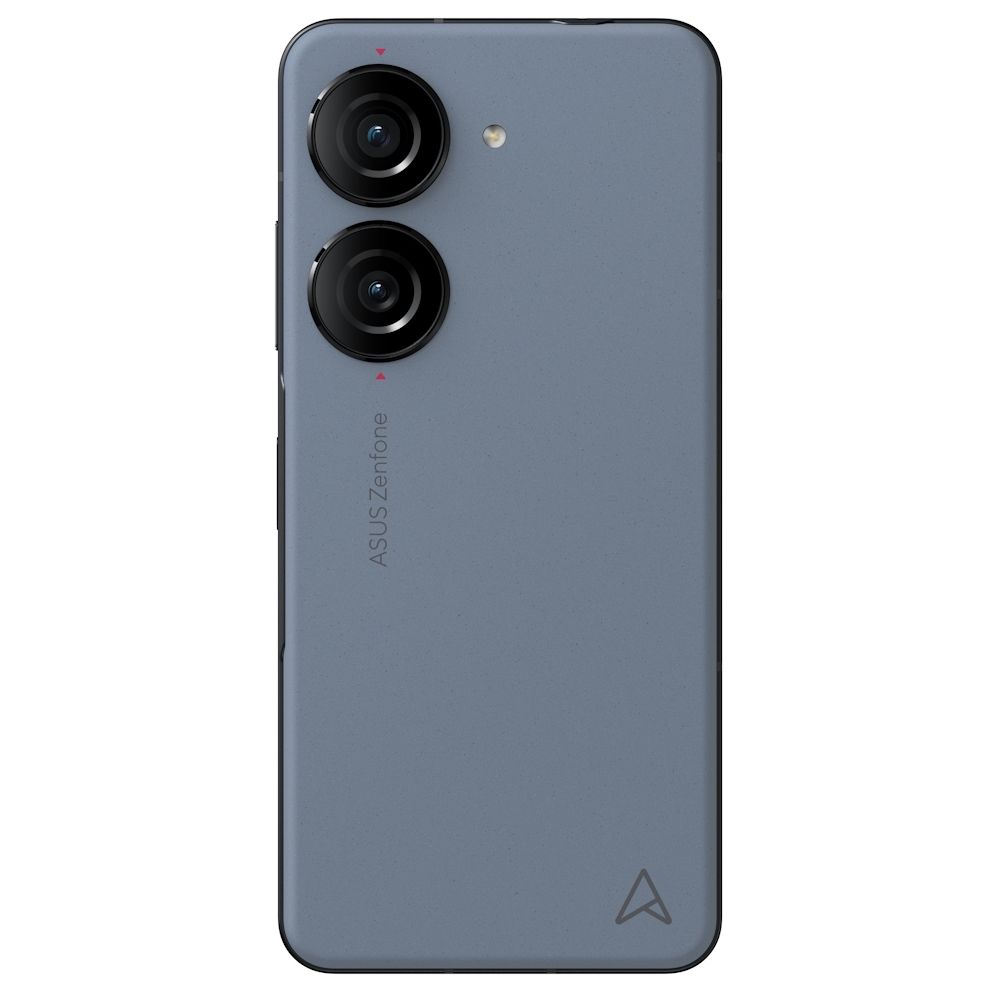
Asus Zenfone 10
Plenty of power and a great price
If you prefer smaller smartphones, the Asus Zenfone 10 could be an ideal choice. With the Snapdragon 8 Gen 2 processor, this device packs a punch in a compact body. It also supports sub-6 5G, although setting it up with your carrier in the U.S. may require some effort — and mmWave isn't supported.
- Compact and lightweight
- Efficient, effective chipset
- Great battery life
- No mmWave support
The Asus Zenfone 10 stands out from other smartphone manufacturers by offering a compact phone that fits perfectly in your pocket without sacrificing performance. It boasts a powerful Snapdragon 8 Plus Gen 2, ensuring you can run any game you desire without any issues. And the Android operating system is user-friendly thanks to its numerous gesture controls, making navigation on the Zenfone 9 a breeze.
Despite its small size, the Asus Zenfone 10 impressively offers excellent battery life with its 4,300mAh battery. Its 5.92-inch OLED display is stunning, displaying vibrant colors and deep blacks as expected while providing a refresh rate of up to 120Hz for a smooth and sharp viewing experience.
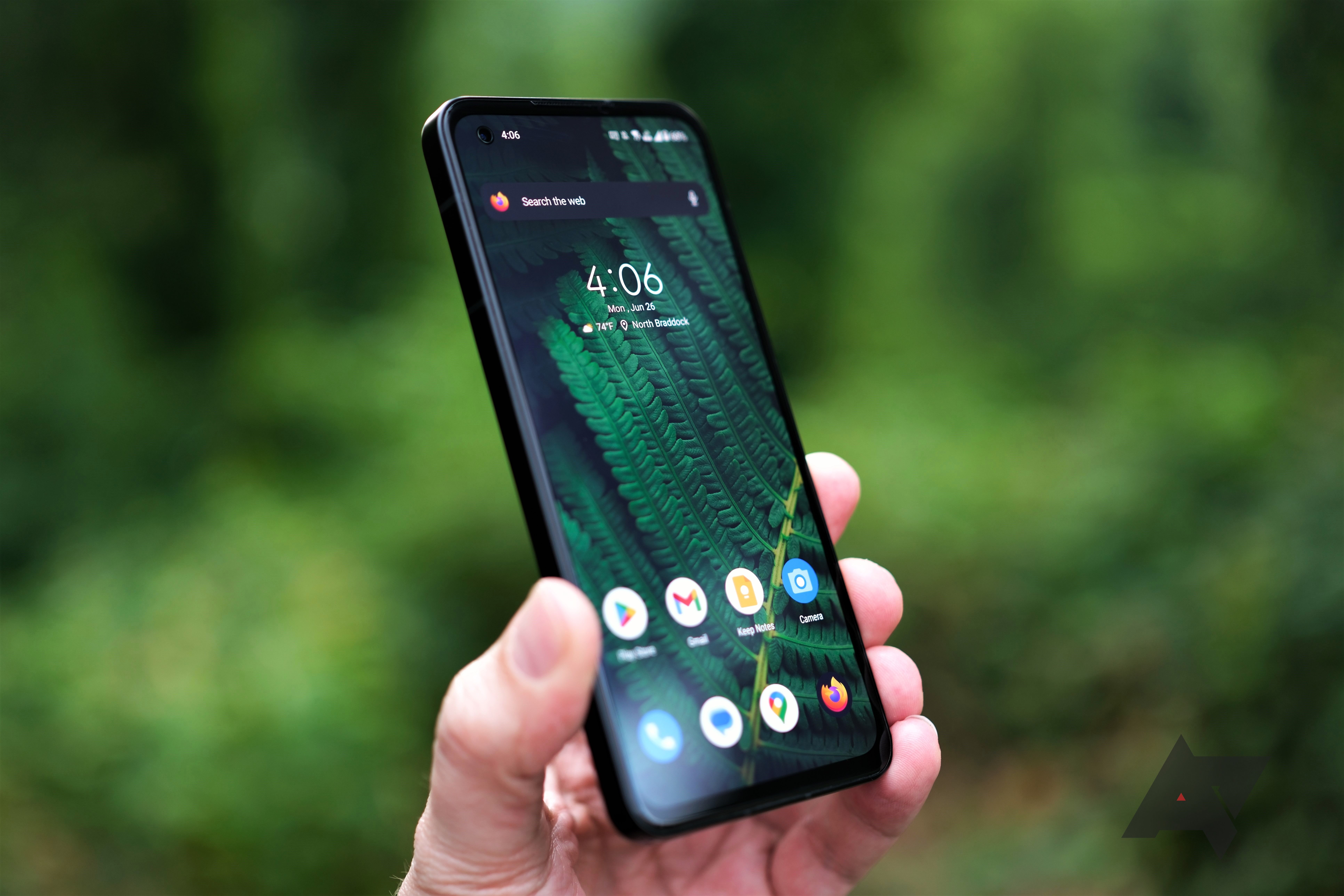
Asus Zenfone 10 review: The last of the (good) small phones
Good things still come in small packagesWhile the phone lacks any mmWave compatibility, sub-6 5G support is here, but carrier support can be a little tricky if you're a U.S. customer. If you're on T-Mobile, you shouldn't run into any big issues, and AT&T should work just fine, too. Verizon customers get the short end of the stick, though, as the Zenfone 10 is unlikely to work on their network. Overall, just be aware that the Zenfone 10 may have a few quirks with your network, so check with your carrier first. But despite the carrier connectivity annoyances, the small form factor makes the Asus Zenfone 10 a unique and worthy offering.
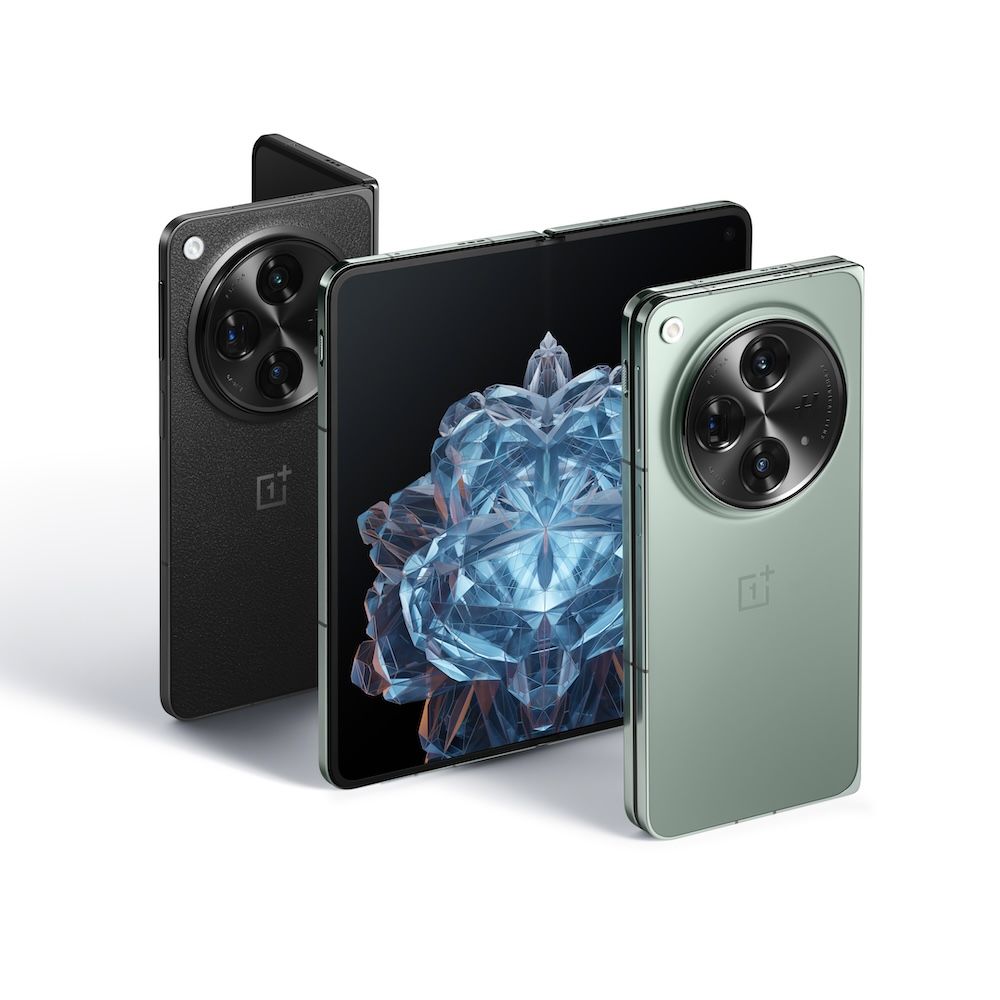
OnePlus Open
Hard to find fault with this newcomer
Learning from others' mistakes instead of making its own, OnePlus's Open hits the scene as the best tablet-style foldable. Plenty of storage, RAM, and processing power accompany an incredibly useful cover display, along with battery life and camera quality that most foldables can't match.
- Performance and battery life can't be beat
- Excellent hinge implementation
- Great cameras for a foldable
- Lacks wireless charging
- OxygenOS doesn't match competitors yet
First-generation devices often stink, so we didn't have high expectations for the OnePlus Open. Boy, were we wrong. OnePlus learned from the mistakes of leading foldables and refined them, including excellent battery life, a barely noticeable crease, and a remarkably durable and physically impressive hinge. It also wins in the charging category, with a high-quality SuperVOOC charger right there in the box — something nearly unheard of in this day and age.
Even the software excels at folding usability. While OxygenOS as a whole isn't particularly impressive, OnePlus did a more-than-respectable job at implementing powerful customization and multitasking support that make the most of the massive screen space. And it's completely reasonable to expect OnePlus to iron out the remaining quirks in its Android skin.
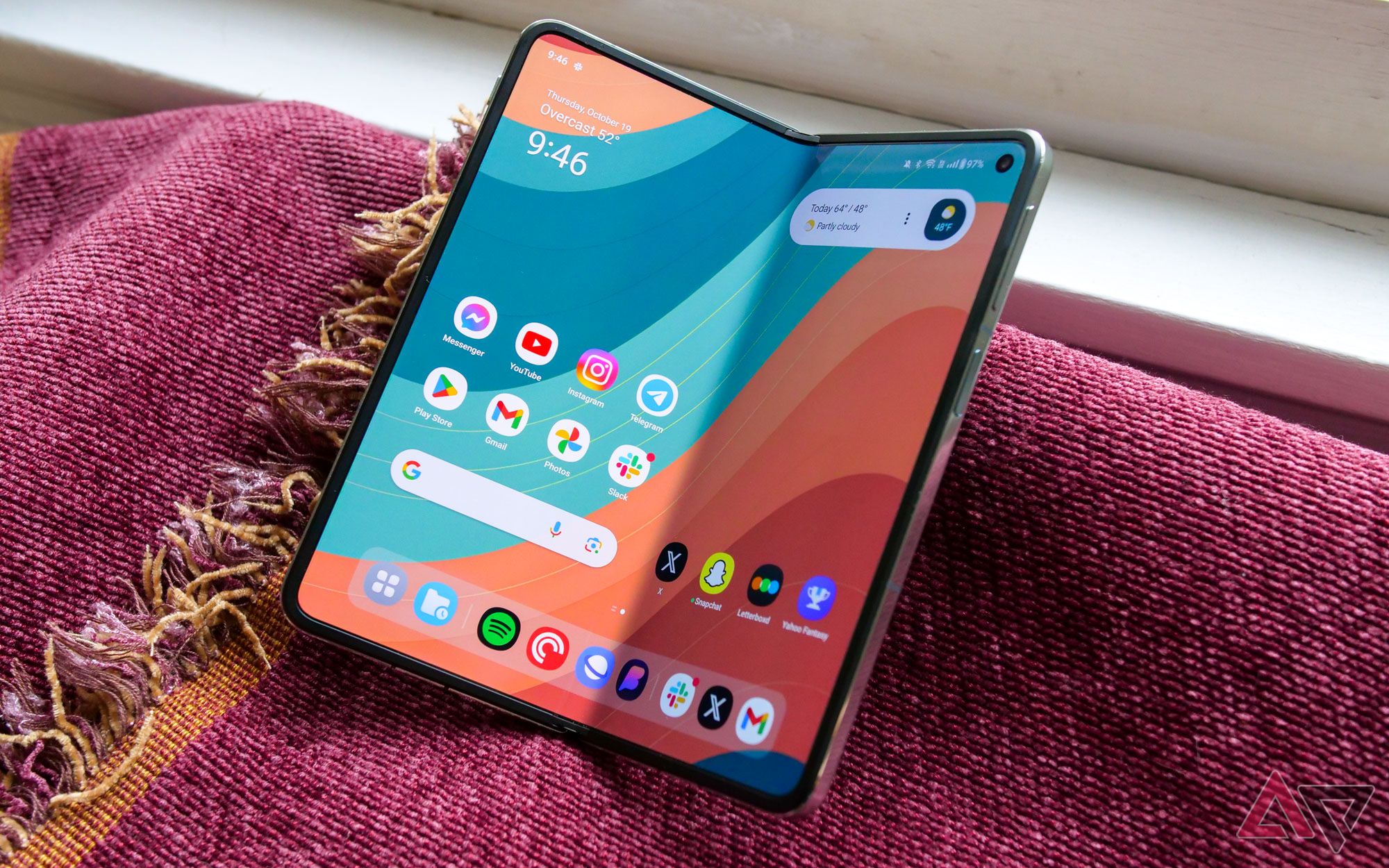
OnePlus Open review: What every foldable should be
Leave it to OnePlus to supply the competition Samsung so desperately needsIn a refreshing change of pace, the cameras essentially match or beat every other foldable. The primary LYTIA sensor collects significantly more light than its competitors, which is the backbone of good image capture. There aren't any major flaws to point out, but the lack of wireless charging and the high (yet predictable) price tag may make it a non-starter for some. But for those willing to invest, the Open truly is large and in charge.
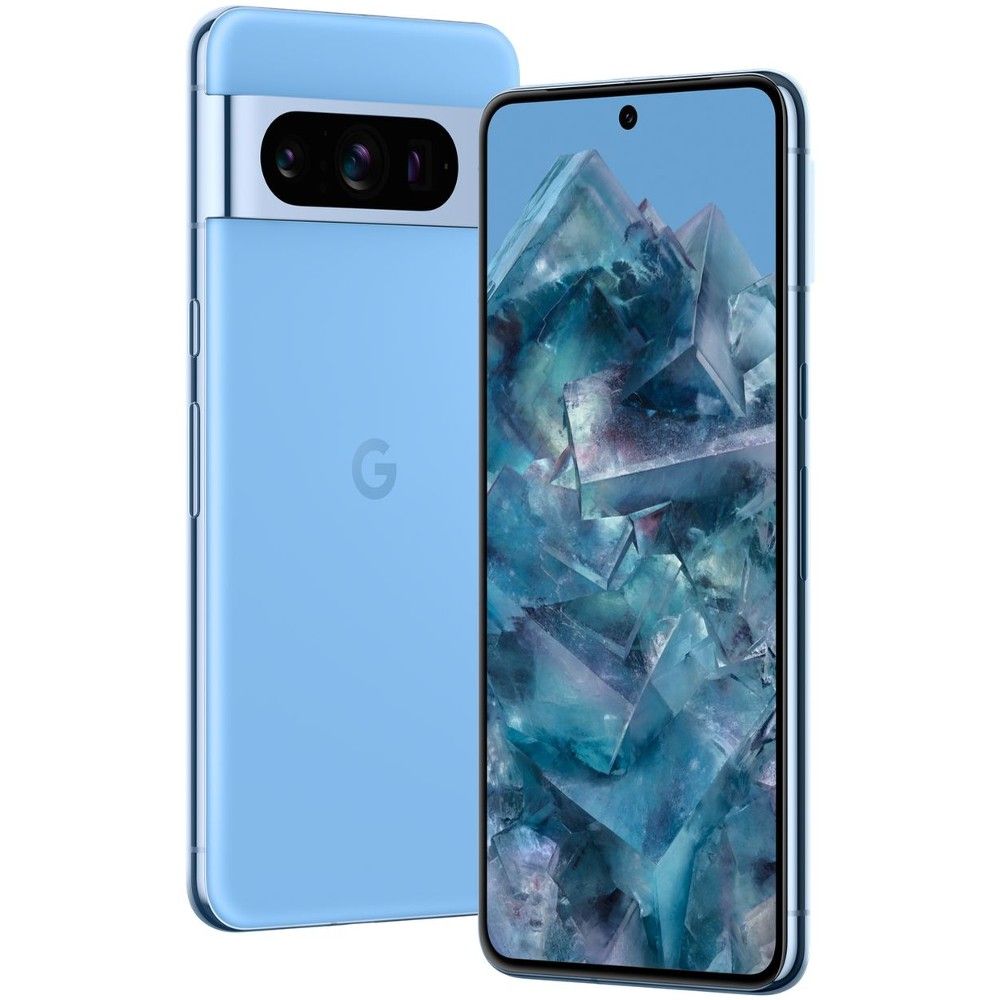
Google Pixel 8 Pro
A collection of everything that makes Pixels great
As ambitious as it is large, the Google Pixel 8 Pro packs the tech giant's most capable hardware and thorough software. It continues to expand on the lineup's all-but-unrivaled camera quality with advanced AI-adjacent photo, video, and audio editing leading the way while utilizing the company's custom Tensor G3 SoC.
- Stunning display quality and size
- As user-friendly as cameras get
- Improved performance and efficiency
- Costs more than the 7 Pro
- Still not as powerful as flagship opponents
We've said a lot about the Pixel 8 Pro's camera experience, so we'll just point out once again that it excels at taking incredible pictures on the first try and magically editing them with novel software features if they're not quite perfect. But the rest of the Pixel 8 Pro offers plenty to write home about, too.
Its display beats even the fantastic screen on the standard Pixel 8, with industry-leading brightness, HDR10+ support, a variable 120Hz refresh rate, and a pixel density that can't be beaten. Oh, and it's pretty big, too, giving you 6.7 diagonal inches of real estate for all the impressive on-device photo and video editing it's capable of.
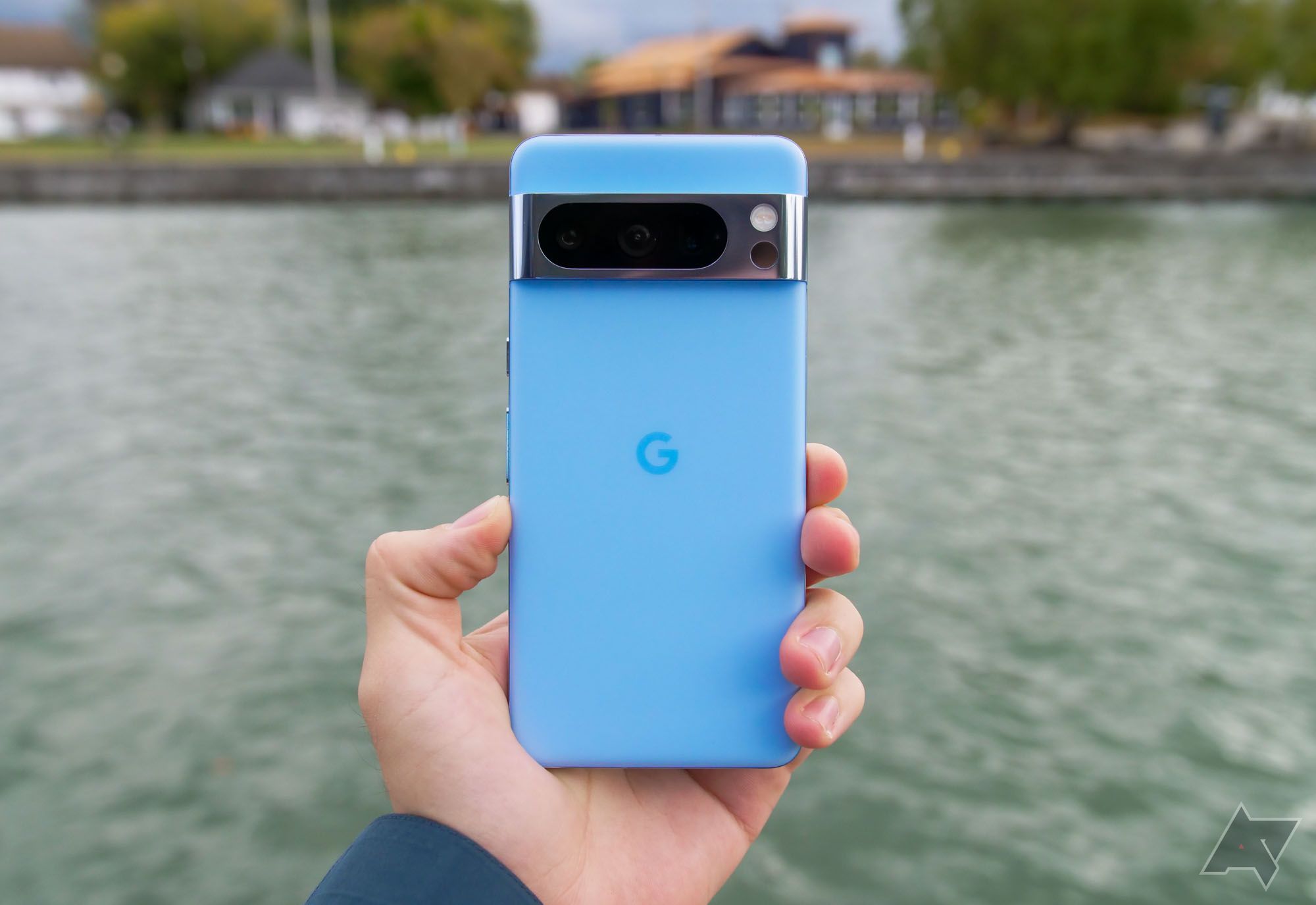
Google Pixel 8 Pro review: Living up to its name
If you want to see the future of Google, the Pixel 8 Pro is the phone to buyGoogle's new commitment to long-term device support is a plus, with seven promised Android updates now even besting Apple's typical six years of iOS upgrades. While it wasn't always the case, Google's own Android skin continues to see refinement, with many former quibbles getting smoothed over for a streamlined (if not 100% customizable) user experience. The 8 Pro has, unfortunately, finally hit the $1,000 MSRP threshold, but if you're into big phones with excellent cameras and ever-evolving sets of cutting-edge features, this one's right for you.
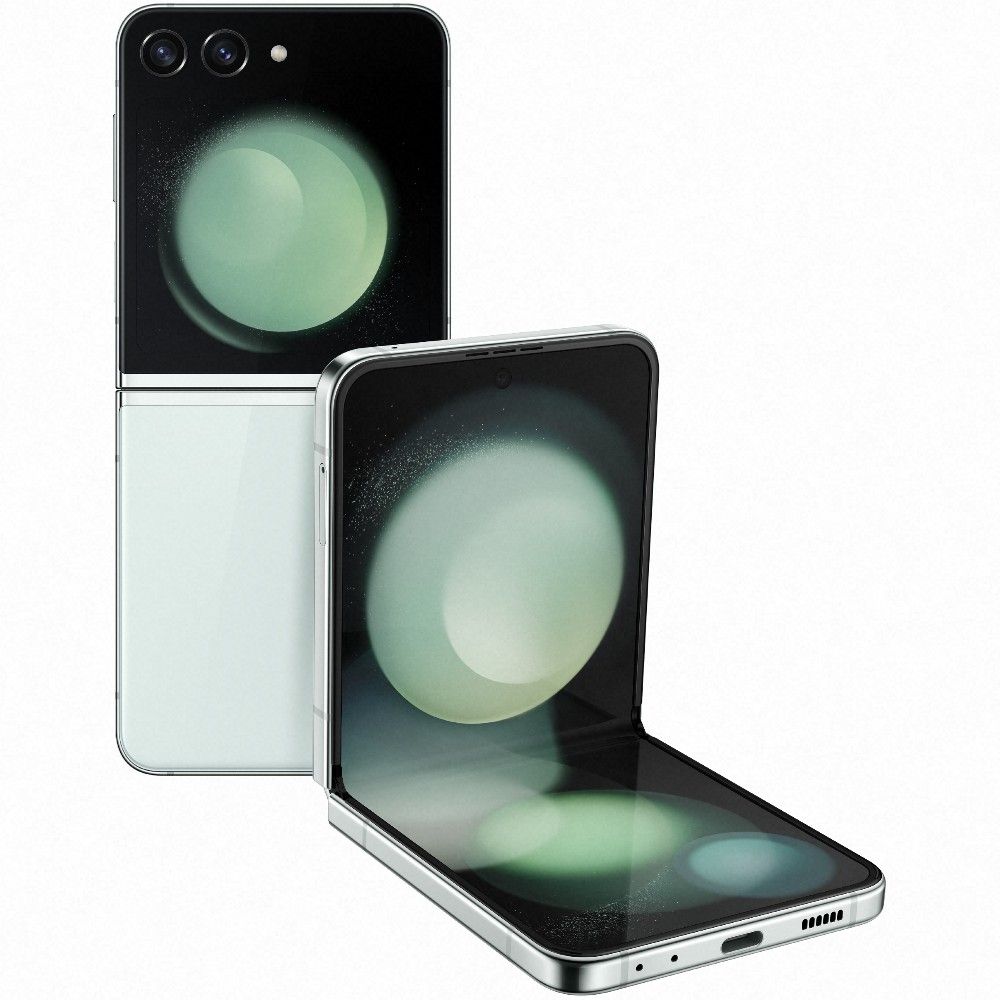
Samsung Galaxy Z Flip 5
An immensely useful cover display
The Samsung Galaxy Z Flip 5 is the perfect choice if you're looking for a phone that supports mmWave 5G and has foldable features. Although it may not be the top contender in all areas compared to other high-end phones, it is undoubtedly the best option for those who want to dip their toe into the world of foldable phones.
- Pocketable form factor
- mmWave support
- Durable hinge
- Costs quite a bit
- Average cameras
The highly portable Samsung Galaxy Z Flip 5 fits in your pocket more easily than nearly any other phone. It finally sees a full-size, 3.4-inch OLED display spanning the entire cover, that can show important information, notifications, and apps. And the phone's true potential unlocks when you unfold it to reveal a stunning 6.7-inch, 120Hz panel on par with the non-folding Galaxy models.
The compromises? Well, the cameras don't quite compete with other flagship devices for the same price. They lack any super fancy hardware but can still provide plenty of good shots for casual shots like what you'd want for social media. The main sensor is capable of taking hands-free selfies, which is a nice touch for people who like capturing themselves in a moment.
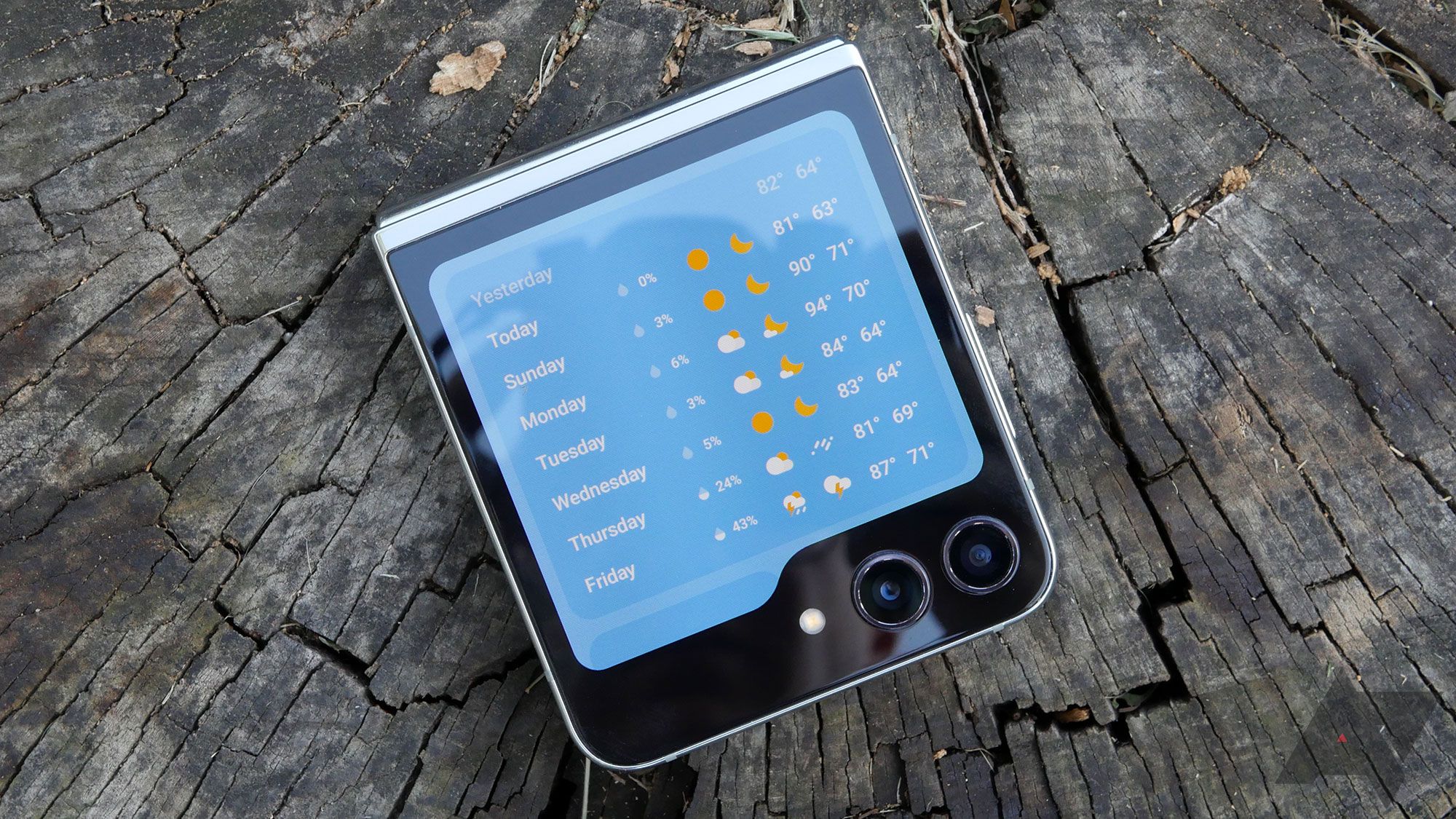
Samsung Galaxy Z Flip 5 review: Flex Window for the win
A slightly larger cover screen makes all the difference in the worldThe battery life isn't stellar, but it also isn't terrible. You'll likely get through your day (depending on how heavy you use it) with a bit left over, and recharging is fast enough, although it could definitely be faster. The lack of a telephoto lens is disappointing, but that's not entirely surprising, given the form factor. All in all, the Z Flip 5 leads the clamshell foldable market in a lot of ways, thanks in large part to the refined, heavily customizable OneUI Android skin. This $1,000 option is a great buy and Samsung's best flip phone yet.
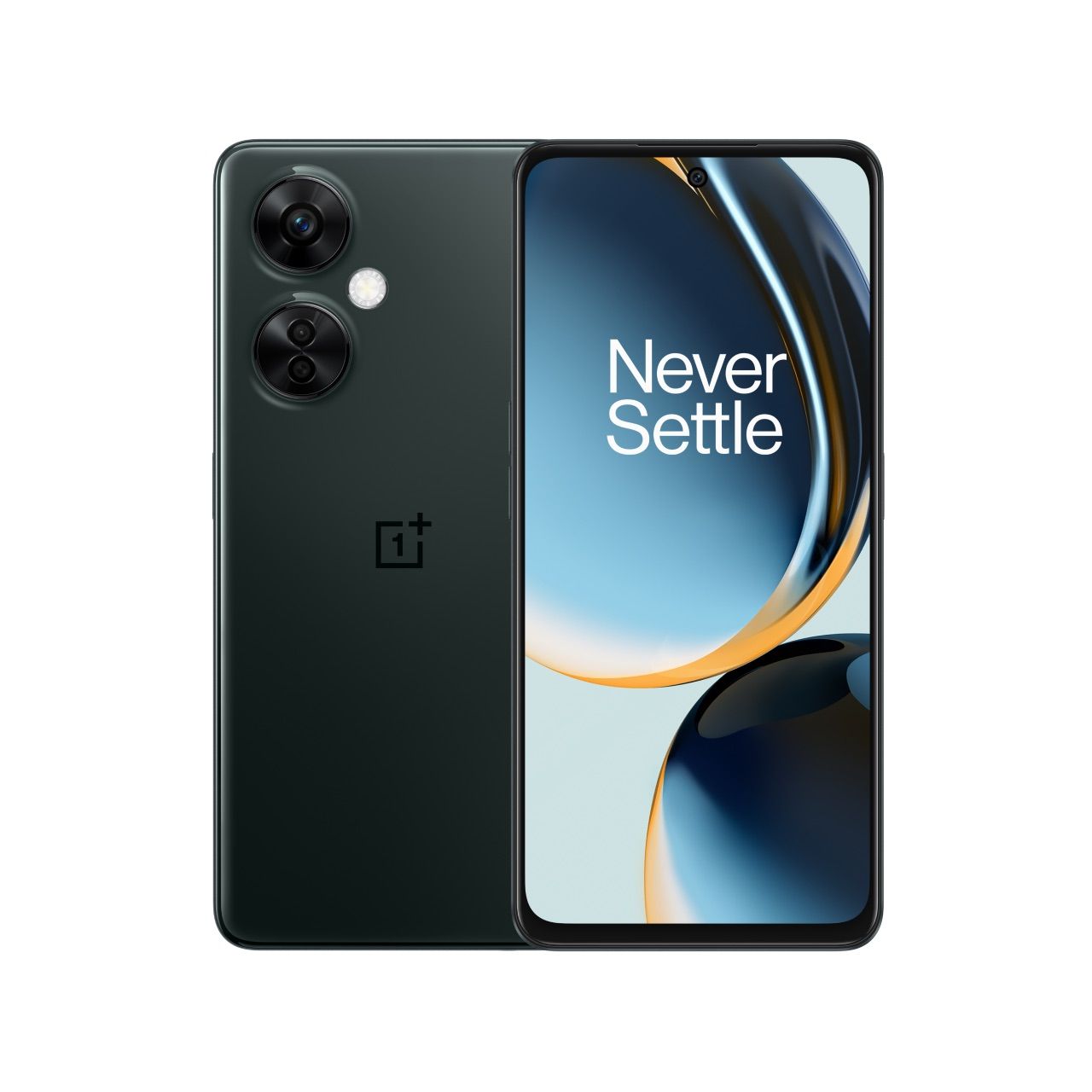
OnePlus Nord N30 5G
An affordable 5G phone with some caveats
Although the OnePlus Nord N30 5G did downgrade the display from the last model, you'll still find this year's version is a competent smartphone for a reasonable price. Plus, it's no longer T-Mobile exclusive, so it will work with any major carrier.
- Bright display
- Decent battery life
- Gaming performance is solid
- Downgrade to LCD
- Build quality could be better
The OnePlus Nord N30 5G is powered by the Qualcomm Snapdragon 695 5G, which may not have all the bells and whistles of modern flagships, but it's no slouch. It moves through OxygenOS smoothly and can easily handle most of your daily tasks. We even enjoyed playing some of the best Android games when we reviewed the device.
The display is a bit of a mixed this time around. Yes, it is an LCD instead of an OLED panel, but it's also 120Hz instead of the 60 the previous model had. Despite being an LCD, the 6.72-inch display has vibrant color reproduction and gets pretty bright, so you shouldn't worry about viewing your screen while outdoors.
The battery life is a little worse than the previous model, but it is still good enough for the average user, offering about six to seven hours of screen-on time. Thankfully, its 50W max charging speed replenishes the 5,000mAh battery in a flash, going from empty to about 80% in 30 minutes.
Since the phone runs for about $300, expect a fair share of compromises. For example, the cameras leave something to be desired for phone photography enthusiasts. But if you mostly post photos on your social media feeds and don't care about some of the finer details, you'll get by with the camera array on the Nord N30 just fine.
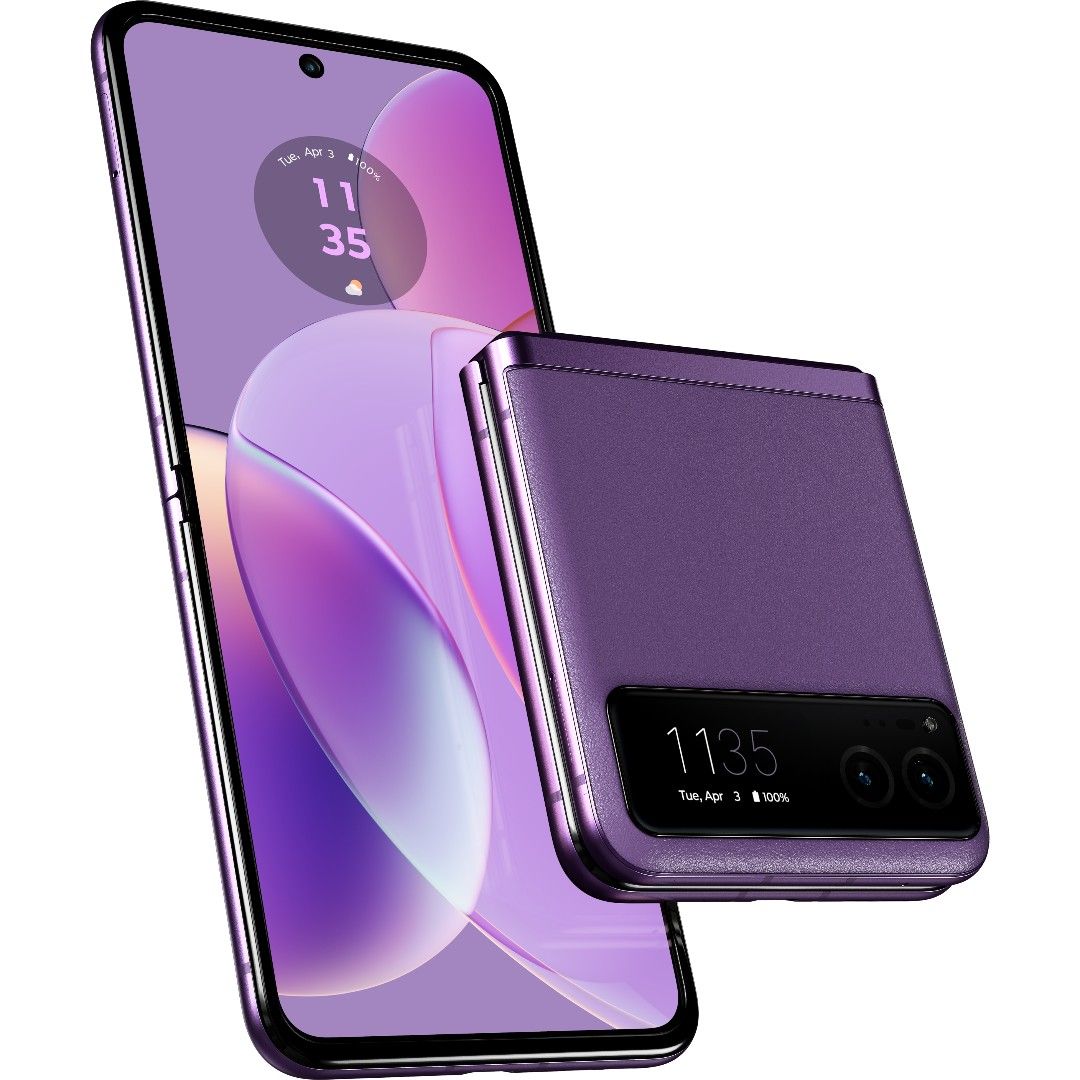
Motorola Razr (2023)
Rugged hinge, great display, surprising price
You don't have to spend a fortune on a foldable phone, thanks to the Motorola Razr. Borrowing its name from one of the most iconic phones in history, Motorola's new base model flip phone delivers the useful features and high display quality people demand in a compact form factor that's finally mainstream.
- Novel (and comfortable) simulated leather back
- Above-average main display
- Better battery life than you'd expect
- Last-gen Snapdragon 7 Gen 1 SoC
- Small cover display
Naturally, you'd expect some sacrifices on a new foldable listing at just $700. But Motorola's Razr is surprisingly well-engineered on nearly all fronts. The identical hinge to the more costly Razr+ looks and feels durable and smooth, with a less prominent crease than direct competitors. And that primary display punches well above its weight class, producing up to 1,400 nits at an unmatched variable refresh rate of 144Hz.
Camera performance remains in line with most foldables, which means it's good but not quite great. It lacks the bright, punchy image capture of the Galaxy S Series and AI smarts of the Pixel lineup but takes good, no-nonsense shots in most lighting conditions.
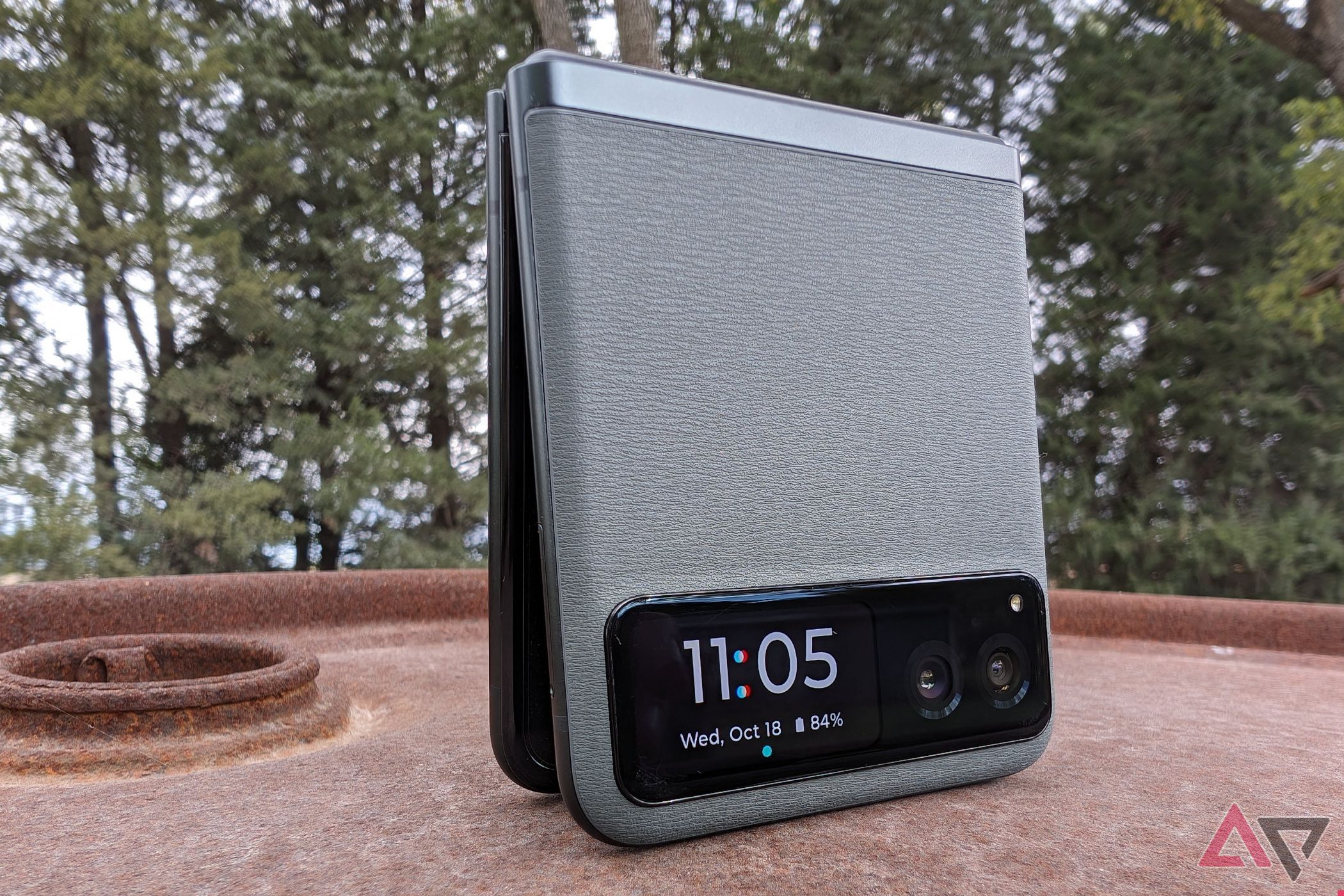
Motorola Razr (2023) review: Better than it should be
It's not the flashiest or most powerful, but this clamshell foldable is great for the spaceThe base model Razr's biggest shortcoming is the mere 1.5 inches of cover screen space, something that the Z Flip 5 and Razr+ have remedied. The Snapdragon 7 Gen 1 chipset also lags behind other foldables in performance and thermal management. But for a $700 phone that you can often already find at a discount, those compromises don't offend us much. After all, you can finally get a modern flip phone without breaking the bank.
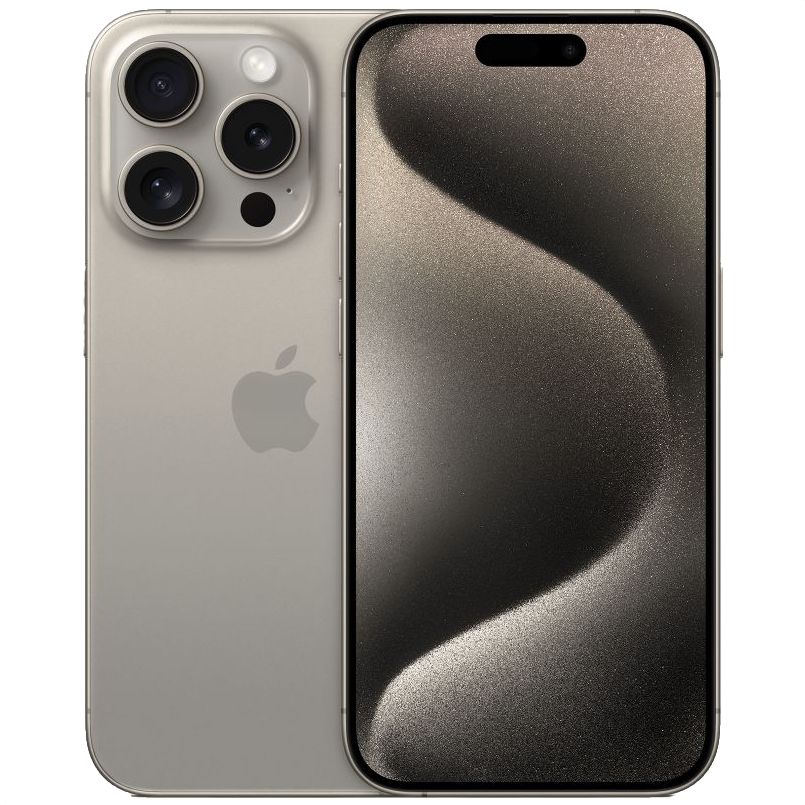
Apple iPhone 15 Pro
Uniquely streamlined OS, fantastic video camera
If you're not solely dedicated to Android, the iPhone 15 makes a compelling case for one of the best smartphones of the year. Connectivity and performance are predictably fantastic, as is the streamlined nature of iOS. And when it comes to video capture, few Android phones can compete.
- Pro-level video recording ability
- Top-of-the-line performance
- Runs user-friendly iOS
- Only 3x optical zoom
- Not everybody likes iOS
Objectively speaking, the iPhone 15 Pro's performance exceeds all but the most powerful Android smartphones. The Apple A17 Pro processor tops many benchmark lists, and the highly optimized software and locked-down ecosystem render the normally average 8GB of RAM more than enough for snappy animations and effortless multitasking.
The 15 Pro really shines when it comes to video recording, with the best motion handling on the block. The inclusion of the Apple ProRes recording codec, as well as professional-quality Log Color support, means you can practically shoot a legitimate feature film on one of these bad boys. The photo quality's superb as well, with Apple's imaging algorithms continuing down a path they've trod for years.
Naturally, the overall gulf between iOS and Android means a lot of folks won't give iPhones the time of day. But it's really an excellent piece of equipment that sees immense popularity, not just because it's trendy, but because it works well and with little to no hassle for the average user. If you're looking for the best and aren't married to the Android experience, it's definitely worth checking out the iPhone 15 Pro. In terms of convenience, price, and durability, it's even better than the 15 Pro Max.
What's the difference between sub-6 and mmWave 5G?
The next generation of cellular network technology after 4G LTE, 5G operates on two classes of frequencies categorized as sub-6GHz and millimeter wave. Just like 2.4GHz vs 5GHz Wi-Fi, the lower frequencies used by sub-6 5G offer a longer range due largely to better penetration. The higher frequencies of mmWave (so-called because their actual wavelengths vary from 1 to 10 millimeters) don't penetrate or reach nearly as far but deliver the blazing-fast 5G speeds that get so much hype.
Typically, you'll find high-speed mmWave networks only in densely populated areas because the infrastructure needed to produce the signals isn't cost-effective over vast distances. So, if you're not in a major population center, you probably won't be able to take the most advantage of it just yet. But anywhere that carriers offer 5G coverage should get a workable level of sub-6 signal.
Should I buy a 5G smartphone?
Like all new technologies, 5G took a while to move out of the early adoption phase and into the mainstream. And for the time being, mmWave coverage still isn't particularly widespread throughout the country, although its availability continues to improve. All of today's top flagship releases support some form of 5G, with most able to connect with mmWave networks in their official release markets.
This list includes mostly models with mmWave support to get you the absurd speeds the up-and-coming connectivity boasts about. Out of the recommendations, only the Asus ZenFone 10 lacks mmWave and supports only sub-6 5G, but otherwise, it's arguably today's best compact phone.
Still, it may or may not be worth investing in a 5G smartphone, based on where you live. Our first suggestion is to find out if there's 5G coverage in your area and what type of 5G it is to help you make an informed decision. It's worth noting that each carrier calls their high- and low-frequency 5G networks something different, but they're all fundamentally similar. And, as is par for the course with connectivity naming schemes, these monikers can be a little confusing. For example, don't mix up Verizon's Ultra Wideband 5G with what's actually, technically known as ultra-wideband connectivity. It is conceptually similar to NFC and used for high-speed, high-bandwidth, short-range communications; the two are extremely different.
If there's little or no coverage around you, you might not care much about having 5G on your new phone. But 5G is the cellular connectivity of the future, and carriers continue to build out their 5G networks more each month. So, while your neighborhood might not have access to a 5G network right now, you might get it sooner than you think. And when that happens, you'll want comprehensive 5G support on your phone, so you can get the most out of it.
The best 5G smartphone for you
First of all, let's note the phones selected for this list are only US models that support the most major 5G bands across the country. If you opt for an imported model or plan to use one of these outside the US, your experience might vary — but most of what's recommended should actually work quite well abroad, anyway.
After a ton of impressive new smartphones throughout the year, Google's Pixel 8 is one of the best. Its flagship performance, ever-more-refined Android implementation, and groundbreaking smart camera features put it above most others for the average user. Its connectivity is on par with the best, and it should support 5G networks around the world.
If you're willing to part with a little more cash, Samsung's Galaxy S24 Ultra seriously delivers in terms of raw performance, battery life, display quality, cellular technology support, camera specs, and OS support. It's an impressive package for a smartphone, but expect to pay for the pleasure.
If you're not worried about winning benchmark competitions and/or don't want to lug around a phone the size of a tablet, the Pixel 7a makes the perfect midrange choice. While it's missing the most comprehensive Google AI features, it does offer some, and it also uses Google's increasingly great Android skin.
This collection also includes multiple excellent foldables this time around. At long last, folding displays and the hinges that support them have become truly well-made across multiple brands, to the point where Samsung, OnePlus, and Motorola foldables all made the cut. And lest you think that 5G connectivity is a gimmick you don't need to worry about, keep in mind how much workspace foldables (and, to a large extent, big-screen flagship slab phones) have these days and how much work you can actually get done on them.

Google Pixel 8
All-around fantastic with a leading camera setup
As Google's more accessible 2023 flagship, the $700 Pixel 8 delivers an excellent blend of performance, software features, size, and price. Its camera routinely receives high praise from experts and users alike, and its seven years of promised Android updates make it one of today's best long-term choices.

